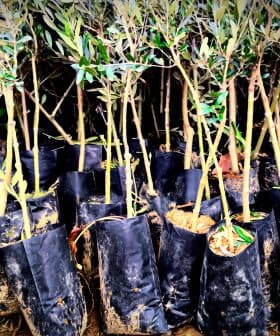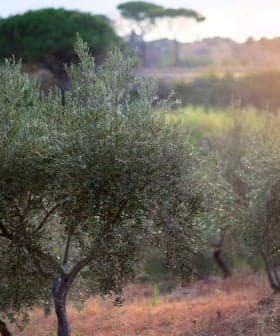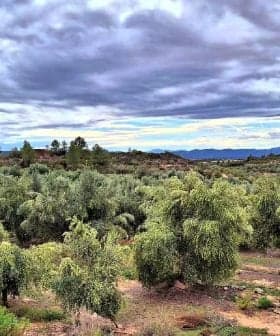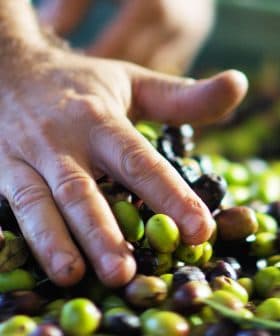A Defining Moment for Iranian Olive Oil
Iran, known for carpets, is making strides in the olive oil sector with planned events and increasing olive tree plantations. The upcoming Olivex exhibition in Tehran aims to attract investments, introduce modern technologies, and increase local production to revive the historical role of olive oil in Iran’s economy and culture.
As a producer, Iran is more known for its elegant carpets than for its olive oil. But there could be a turning point for the Iranian olive and olive oil sector, as several key events are planned for the next few weeks.
Jean-Louis Barjol, the executive director of the International Olive Council (IOC) said Iran is ranking 11th among 43 olive producing countries in a policy meeting at the Council last Tuesday. Since 1993, when the first plantations for commercial purposes were planted in three regions, Iran has made important progress in the olive oil sector.
Olive trees now cover about 103,000 hectares, but Iran still has plenty of room to grow, as Younes Sinaki, the deputy agricultural minister for commercial affairs, said to a local news agency.
Sinaki said the IOC will fund half of the budget for several educational workshops in Zanjan, Gilan and Golestan provinces to improve knowledge of olive cultivation and commercialization. Barjol himself is paying a visit to Zanjan and Gilan research stations today, January 22, to underscore the importance of the region from the Council’s point of view.
Olivex, which is billed as Iran’s “first international exhibition of olive, edible oils, olive oil, oilseeds, machinery and related technology,” will be held at the Exhibition Center of the Imam Khomeini (PBUH) Grand Mosalla in the Iranian capital Tehran from January 27 to 30.
The exhibition will host foreign and local companies and managers, being the first occasion for sector experts and business operators to know more about Iran. The event also aims to introduce modern technologies and solutions to attract investments and to increase local production, identifying weaknesses and solving the problems affecting the industry in Iran.
Even if the fair is the first of its kind, olive oil is not new in Iran; it was mentioned in ancient Iranian religious hymns dating 2,000 years ago. The geographical characteristics and the mild climate in some regions has provided for the cultivation of olive trees for centuries.
The most common of the local cultivars include Mari, which recent studies have shown to contain a high content of sterols, Zard and Rowghani.
Iranian people themselves, however, consume meager quantities of olive oil, with an annual per capita consumption that reaches only 160 grams. Organizers hope these ongoing events will help olive oil regain the role it played historically in the economy and in the culture of Iran.









